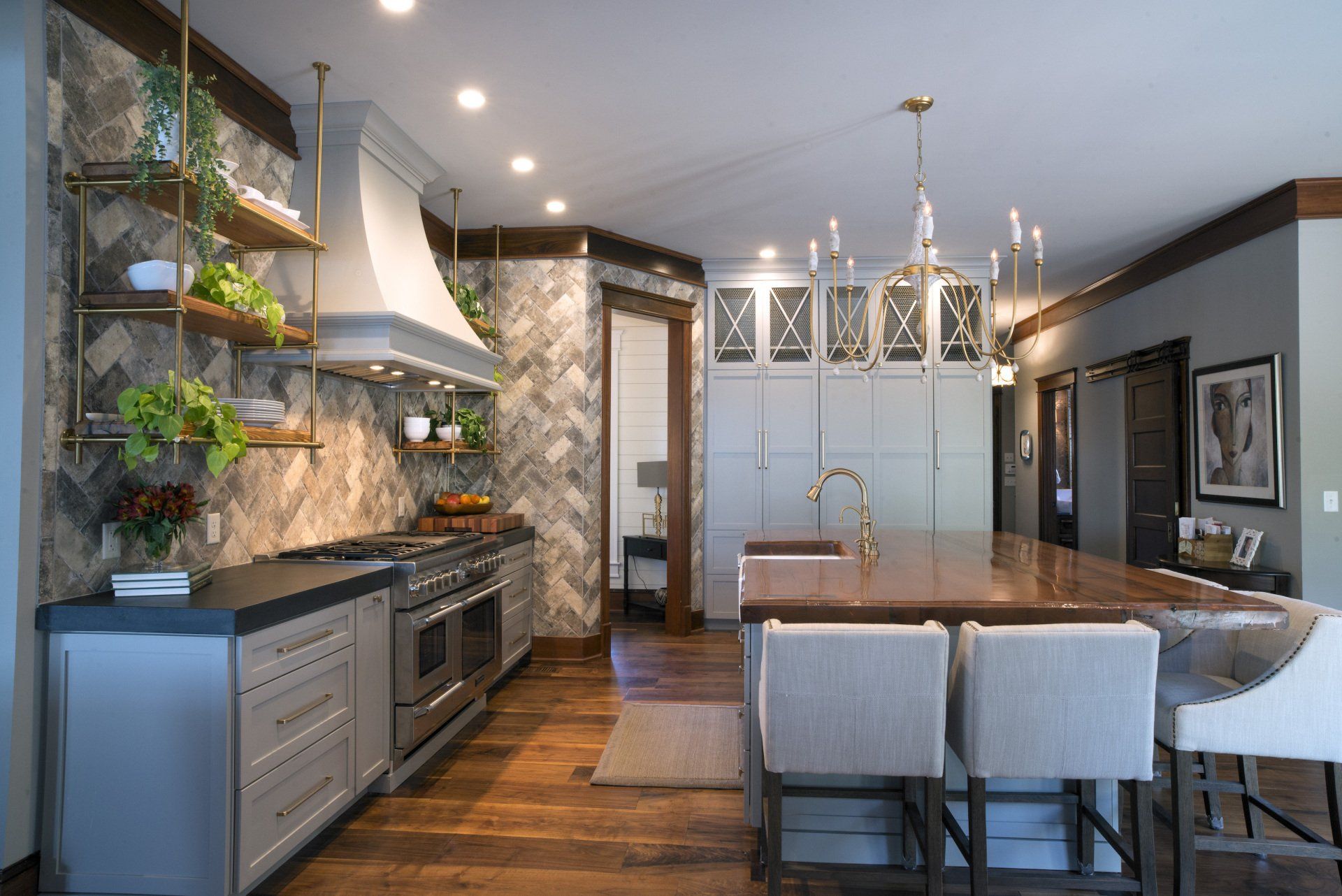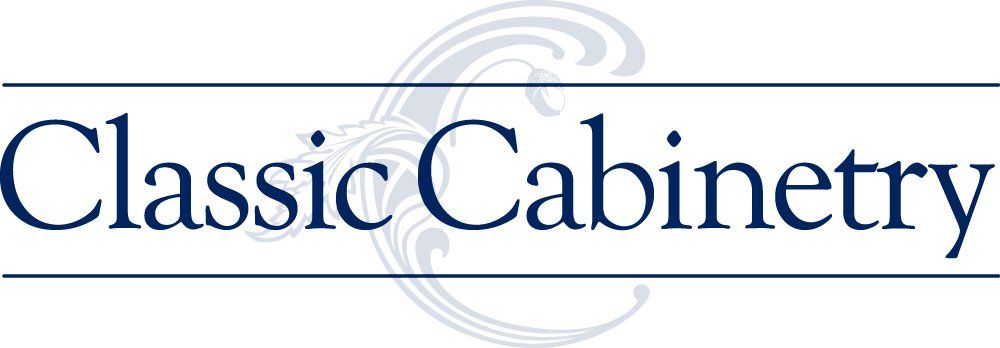2021 Bathroom Trends
If you dream of a personal refuge where you can have a few minutes every day to yourself, devoid of texts, tweets and constant interruptions, consider converting your primary bath into an in-home spa. And a good starting point is to know what’s hot and what’s not in bath renovations. Houzz.com provides a good roadmap through its 2021 U.S. Houzz Bathroom Trends Study.
Primary Reasons to Renovate Your Bath
The number one reason homeowners in Chattanooga cite for renovating a bathroom is that the existing space is old and dated. This mirrors the Houzz.com study that found two-thirds of survey respondents claimed that they can no longer stand their existing bathrooms. Insufficient storage was cited by 33% of homeowners as the primary reason for their renovation. Other top motivators for renovating a bath include:
- Small showers
- Insufficient lighting
- Poor ventilation
- Limited countertop space
- Glass shower doors
- Noisy fan
- Shower curtains
- Only one sink
- No natural light
- Toilet location
- No bathtub
The ability to age in place with dignity and ease is another top reason homeowners in Chattanooga are renovating their bathrooms. More than 25% of survey respondents claimed they need to remodel to address the needs of an aging family member and nearly 40% reported that they will need to accommodate an aging family member in the future.
White continues to be the most preferred finish color for newly renovated baths. It’s the top color for vanities (32%), countertops (58%), shower walls (46%) and non-shower walls (34%). There are many good reasons why white is the preferred color for new dream baths. White connotes cleanliness, reflects light to make smaller spaces appear larger and provides a soothing spa-like vibe that many homeowners (in name of service territory) crave.
Other popular finishes in new baths include wood vanities (27%), gray paint on non-shower walls and blue vanities, specified in 8% of new bath renovations.
Similar to homeowners in Chattanooga, Houzz found that most renovations are confined to the existing footprint of the bath. Expanding a bath’s space into other areas of the home may not be practical or cost-effective. Within the existing footprint, nearly 50% of renovators increased the size of the shower. More than 40% changed the layout of their bath and 40% modified existing walls.
Many homeowners in Chattanooga decide to eliminate the tub as part of their bath renovation to accommodate a larger, high-performing shower that often includes steam, video, audio and a variety of therapies such as aroma and color. A majority of those who opt for a tub select freestanding acrylic models. However, alcove tubs that are installed against walls and typically feature a tub/shower combination are gaining in popularity. They were specified in 26% of 2021 renovations compared to 22% of 2020 renovations.
What trends will work best in your new dream bath? Give us a call at 423-266-0077 or make an appointment to visit our showroom either in person at 2601 Broad St or virtually.





